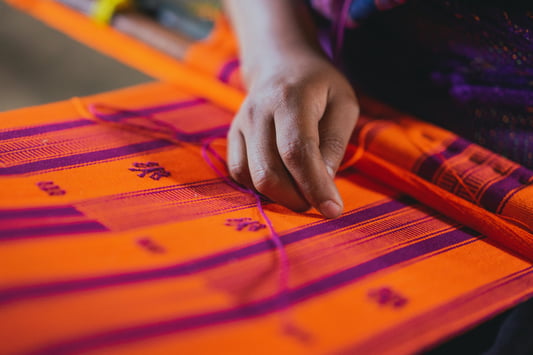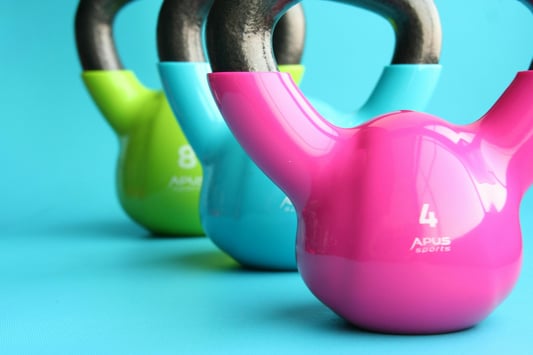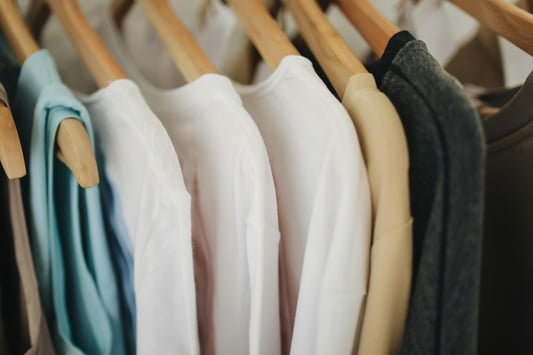What is CTPAT?CTPAT stands for Customs-Trade Partnership Against Terrorism. It is a voluntary program created by the U.S. Customs and Border Protection (CBP) to strengthen international supply chain and border security through collaboration with trade partners such as importers, manufacturers, carriers, and more.The Purpose of CTPATThe main purpose of CTPAT is to ensure that all participants in the supply chain follow high security standards and best practices to prevent tampering, theft, and other malicious activities. By doing so, CTPAT helps to minimize the risk of terrorist attacks against U.S. entities.Benefits of CTPATJoining the CTPAT program can bring many benefits to your business, including reduced cargo inspections, faster processing times, improved supply chain visibility, and enhanced reputation as a trusted and reliable trade partner.How to Become a CTPAT MemberTo become a CTPAT member, you must fulfill certain eligibility requirements, such as having a physical presence in the U.S., complying with all U.S. laws and regulations, and having a demonstrated commitment to security. You also need to submit an application and undergo a security assessment by CBP.CTPAT Security CriteriaThe CTPAT security criteria cover a wide range of areas, including physical security, personnel security, procedural security, and information security. These criteria are designed to provide a comprehensive framework for securing the supply chain from end to end.CTPAT ValidationsAs a CTPAT member, you may be subject to validation by CBP to verify that your security practices meet the program's requirements. Validations can be conducted onsite, offsite, or through a combination of both. It is essential to maintain accurate and up-to-date records to ensure a smooth validation process.CTPAT Best PracticesAdopting CTPAT best practices can help you improve your overall supply chain security and compliance. Some of the recommended practices include conducting security awareness training, implementing a risk management program, establishing written security procedures, and conducting regular security audits and assessments.CTPAT and Global TradeAs a global trading partner, the U.S. relies on secure and efficient supply chain to facilitate international trade. Participating in CTPAT can help you enhance your competitiveness in the global market while demonstrating your commitment to supply chain security and compliance.CTPAT and the Future of Supply Chain SecurityGiven the ongoing threats of terrorism and other security risks, the importance of securing the supply chain will only continue to grow in the coming years. CTPAT is part of a broader effort to create a more resilient and secure supply chain environment for all stakeholders.ConclusionCTPAT is a vital program that plays a critical role in supply chain security and international trade. By joining CTPAT and following its security criteria and best practices, you can help protect your business and contribute to a safer and more secure global trading system.CTPAT meaning, supply chain security, international trade, CBP, cargo inspections, security criteria, security practices, best practicesUnderstanding CTPAT: Enhance Your Supply Chain Security and ComplianceDiscover the CTPAT meaning and learn how joining the program can help you improve your supply chain security, reduce cargo inspections, and enhance your reputation as a trusted trade partner.Quote InquiryContact us!










